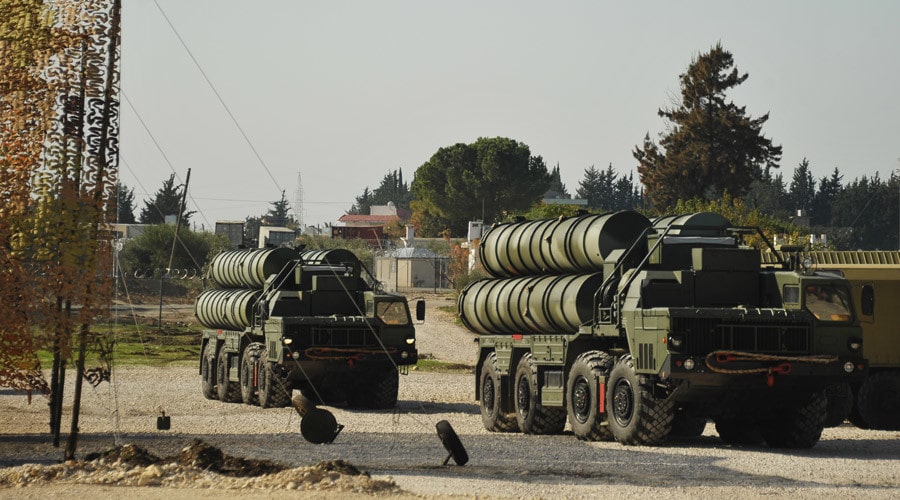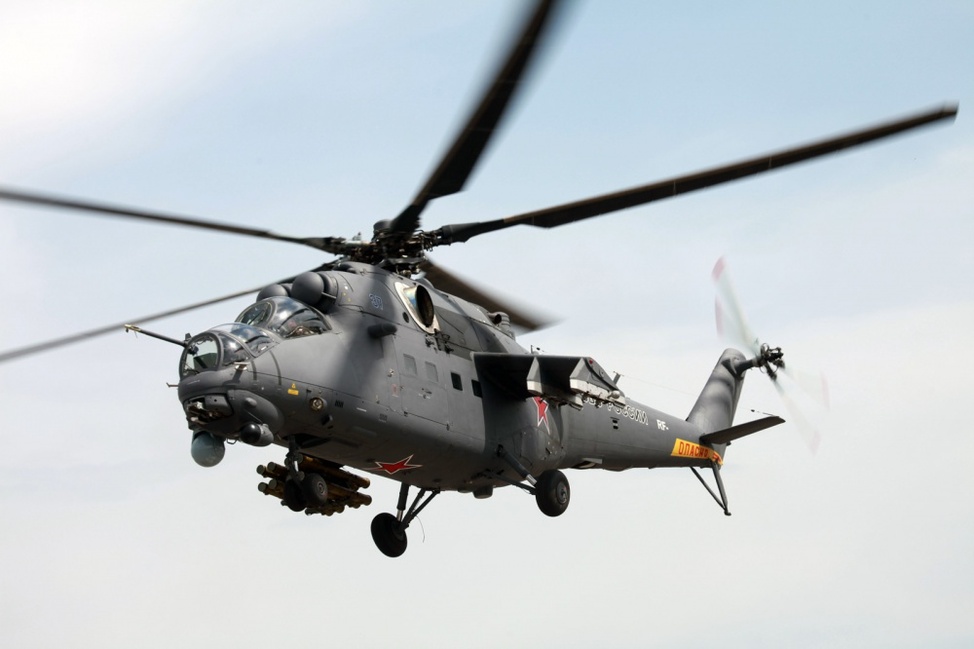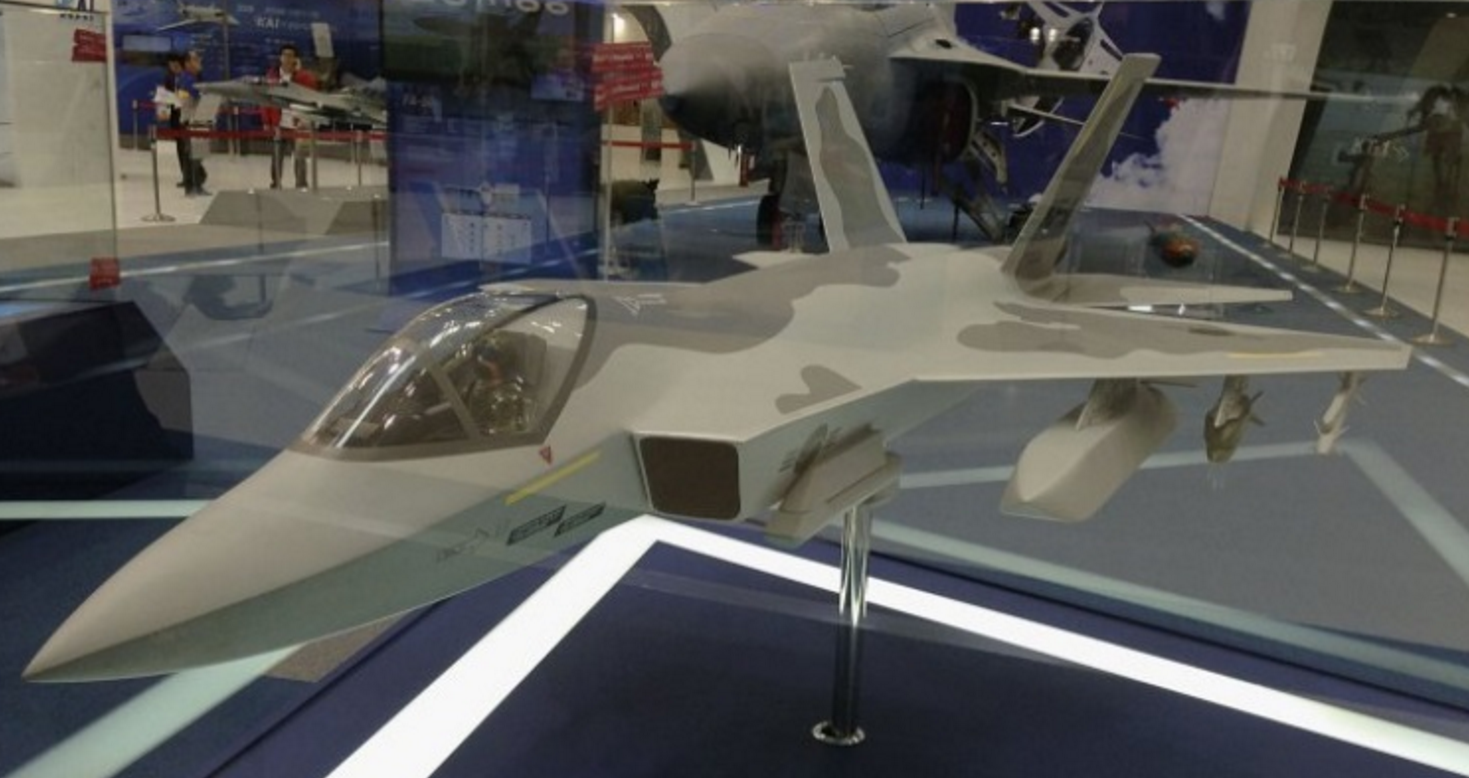2027Views 8Comments

Saudi Arabia opts for S-400 and other Russian weaponry
Russia’s Deputy Prime Minister Dmitry Rogozin announced (Russian News Agency TASS) announced that negotiations have begun with Saudi Arabia for the sale of the Almaz-Antey S-400 Triumf long-range surface-to-air missile (SAM) system., though a final decision has yet to be reached.
However, Saudi Arabian Military Industries (SAMI) announced (al-Arabiya) that it signed a memorandum-of-understanding (MoU) with Rosonboronexport for the Kornet-EM anti-tank guided missile (ATGM), TOS-1A multiple rocket launcher system (MLRS) and AGS-30 automatic grenade launcher (AGS) with requisite transfer-of-technology means to locally manufacture the aforementioned weapon systems.
“With the guidance of His Royal Highness the Crown Prince, Deputy Prime Minister and Minister of Defense, the two parties signed these agreements, which are expected to play a pivotal role in the growth and development of the military and military systems industry in Saudi Arabia,” said SAMI in a statement to al-Arabiya.
SAMI added that the MoU includes the provision for domestic manufacturing and supply of components for the S-400 as well as the Kalashnikov AK-103 assault rifle.
The MoU was couched in the framework of Saudi Arabia’s Vision 2030 initiative, which envisages that 50% of all Saudi defence spending be done through the Saudi economy. This would also be the largest purchase of Russian armaments by Saudi Arabia to-date.
According to the Russian newspaper Kommersant, the value of the Saudi arms package is worth over $3 billion U.S. In October, Saudi Arabia had expressed interest four S-400 systems, which would amount to approximately $2 billion.
In May, Riyadh had also agreed to purchase defence systems from the U.S. worth $110 billion. Contracts are expected to be issued to Lockheed Martin, Boeing, Raytheon, General Dynamics and others over the next 10 years. The cumulative value of these programs could reach $350 billion.
Saudi Arabia is also engaged in co-development and co-production partnerships, such as the An-132D, a joint-venture between UkroBoronProm and Saudi Arabia’s Taqnia Aeronautics Company and the King Abdulaziz City of Science and Industry (KACST).
Notes & Comments:
Vision 2030 appears to necessitate the inclusion of countertrade and offsets in armament sales to Saudi Arabia. However, the proportion spent in Saudi Arabia will vary between programs (up to 50%). With the localization of Russian small-arms manufacturing, the license to market and export to third-parties could also help Riyadh realize its Vision 2030 goals, though if there are such provisions in the MoU.
The procurement of the AK-103, Kornet-EM, TOS-1A and AGS-30 are not inherently surprising. Riyadh has purchased weapons from Eastern suppliers, such as small arms from Pakistan and artillery from China. In fact, the AK-103, AGS-30 and Kornet-EM are mature systems and – likely – the most cost-effective means for Riyadh to materially improve its infantry (in both the Army and National Guard).
The peculiar element is the S-400. First, it would be exceptional seeing that Saudi Arabia has a Western, notably U.S.-based, air defence technology base. Second, the technology transfer element to SAMI would mark the first major instance of Russia permitting co-production of the S-400.
Saudi Arabia’s integrated air defence system (IADS) mostly comprises of U.S. systems, most notably the Patriot PAC-3 SAM and, potentially in the future, the Terminal High Altitude Area Defense (THAAD) system. Neither the U.S. or Russia will permit cross-integration between the S-400 and the PAC-3 (and THAAD), which will necessitate a parallel IADS. In Saudi Arabia’s case, this may not be entirely abnormal seeing that it maintains parallel military arms – i.e. the Royal Saudi Arabian Armed Forces and the Saudi Arabian National Guard (SANG). If not within different Saudi Ministry of Defence’s service arms (e.g. Army or Air Force), the SANG could be looked at for maintaining an IADS centered on the S-400.
Based on SAMI’s statement, it is possible that the technology transfer aspect of the S-400 is centered on enabling Saudi Arabia to domestically support and maintain the system. It is unlikely that Russia will part from the technologies necessary to reproduce the system, it is a marquee and high-value defence asset.
Geo-politically, this would mark a second significant shift, especially in regards to Syria. Like Turkey, it appears that Saudi Arabia has come to the same page as Russia with regards to Syria’s immediate future, especially with regards to the position of Bashar al-Assad.



8 Comments
by U
What is happening to KSA? 🤔
Buying spree for armageddon…
by Joseph
I bet to some extent US refusing to sell F-35 to Saudi Arabia has something to do with this.
by Faisal Iqbal
Could Raheel Sharif be catalyst for this decision?
by ahmria
The Americans will continue to refuse to sell the F35 to the Saudis or any other arab “allies” until the F35 is at the end of its service life and then they will allow the Saudis to pay stupid money for it just like they are doing right now for the F15SA which while it is a great jet again is very long in the tooth. The Israelis will by then be inducting and transitioning to the next 6th generation American fighter .
by ahmria
The Saudis are trying to buy American protection against the Iranians hence the huge arms contracts to Uncle Sam.
by gng
So much for 2030 drive.
by gng
Panic mode, Syrian and Iraq plot failed, Yemen is a mess, Bahraini are still protection, they’ve even made enemies for Turkey and Qatar, who needs the Iranian threat when you can crest so much excitement with all your neighbours. They do need the weapons but they all so need the British and American to do the heavy lifting in real war, like the Yemeni campaign where foreigners are helping a lot in the background. If Trump does get his war with Iran then Saudi stock of a few hundred anti missile missiles will be gone in a day or two. You need to fire two for every single enemy missile coming your way and Saudis oil infrastructures is just across the pond. That means lots of short range missile salvos day after day Israel vs Hezbollah style and Saudis lack the stamina for such a bloody fight. Best hope muqtada al sadr can persuade both sides to back down from this but Trump needs a war. All the weapons will not be ready for years. This thing will be sorted long before then.
by ali amanat
Very true and precise analysis they need a war .